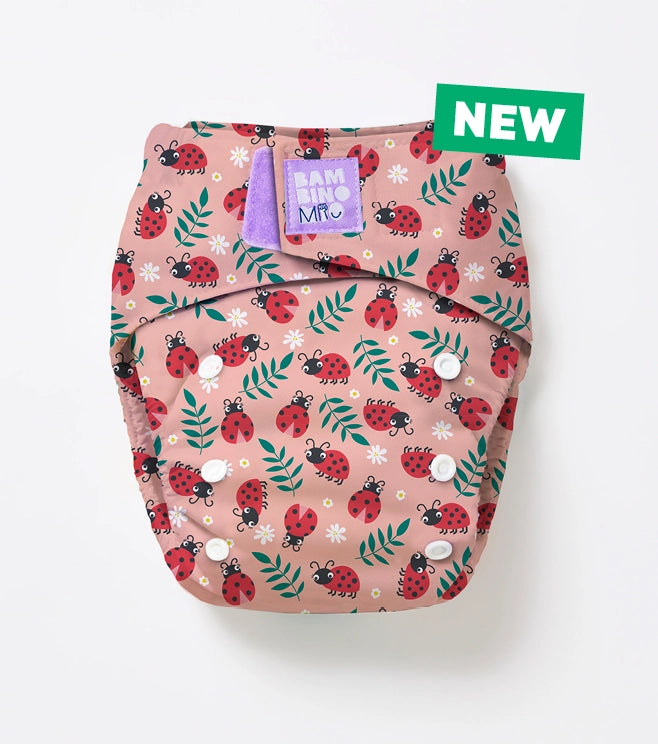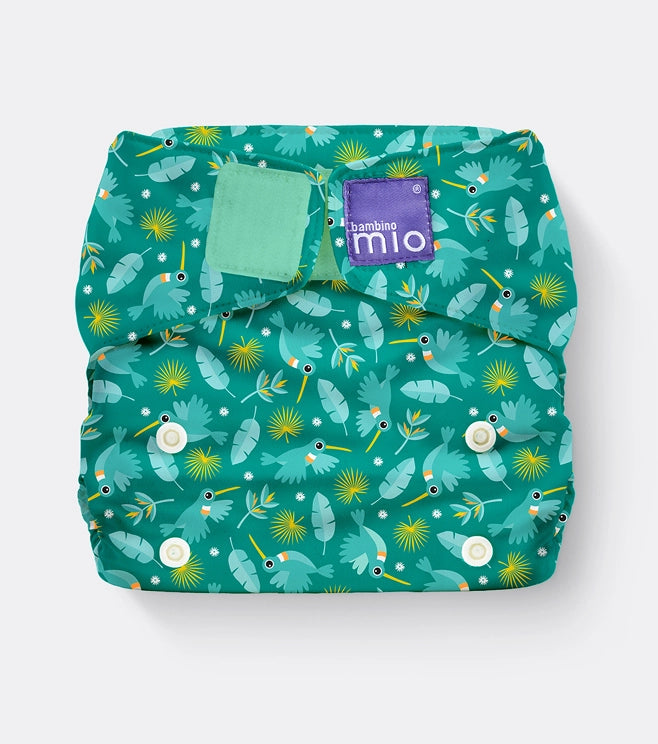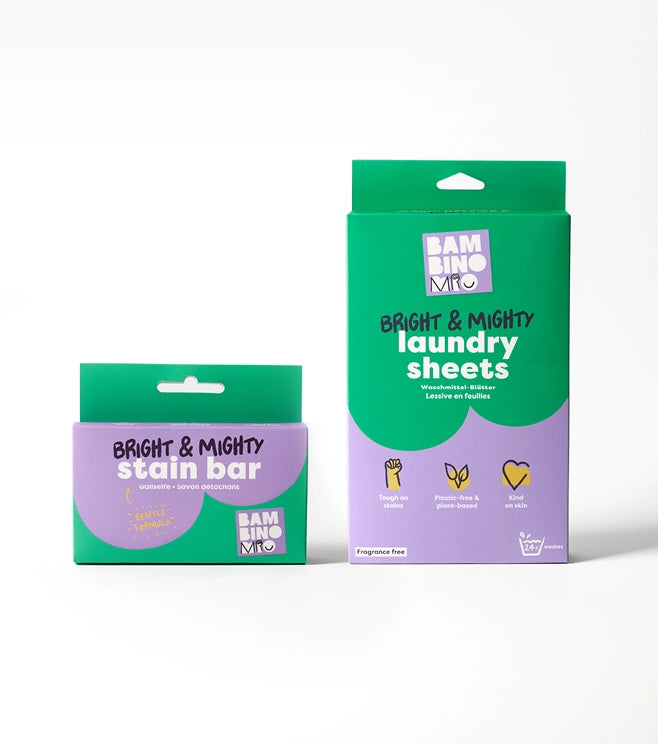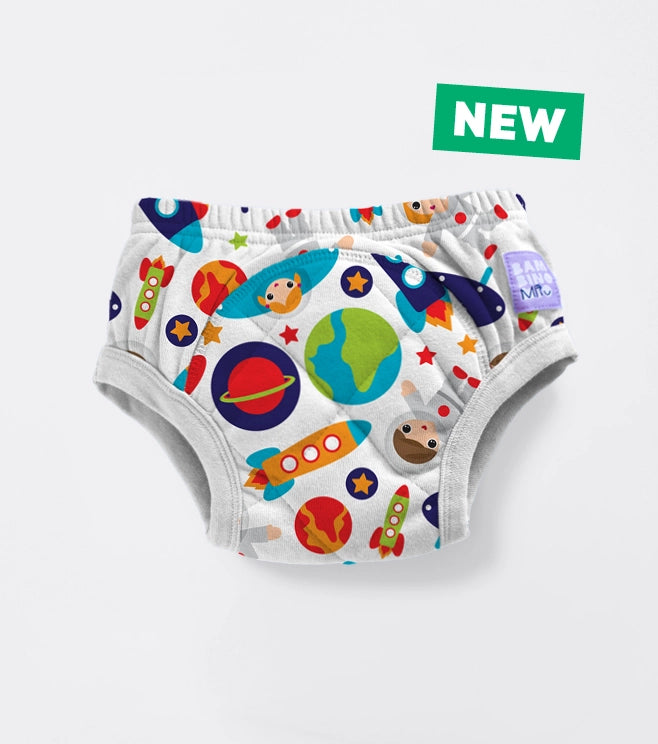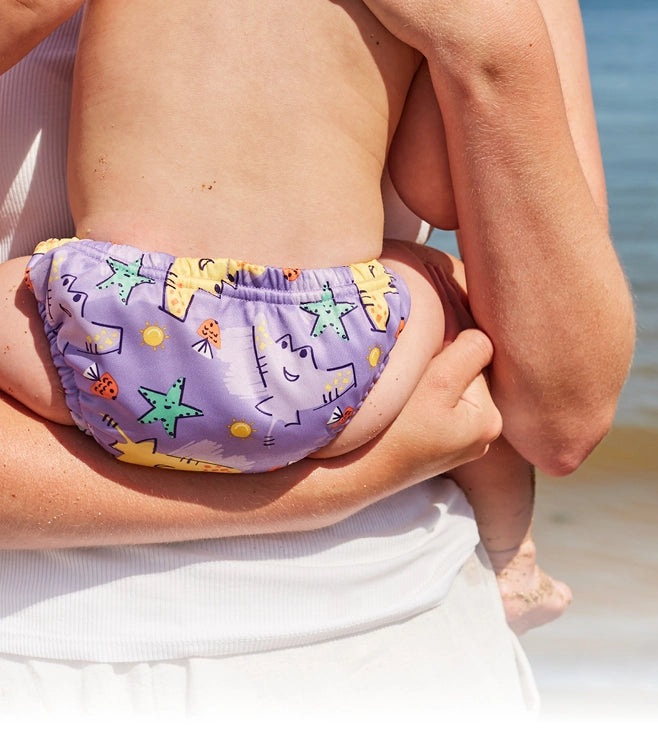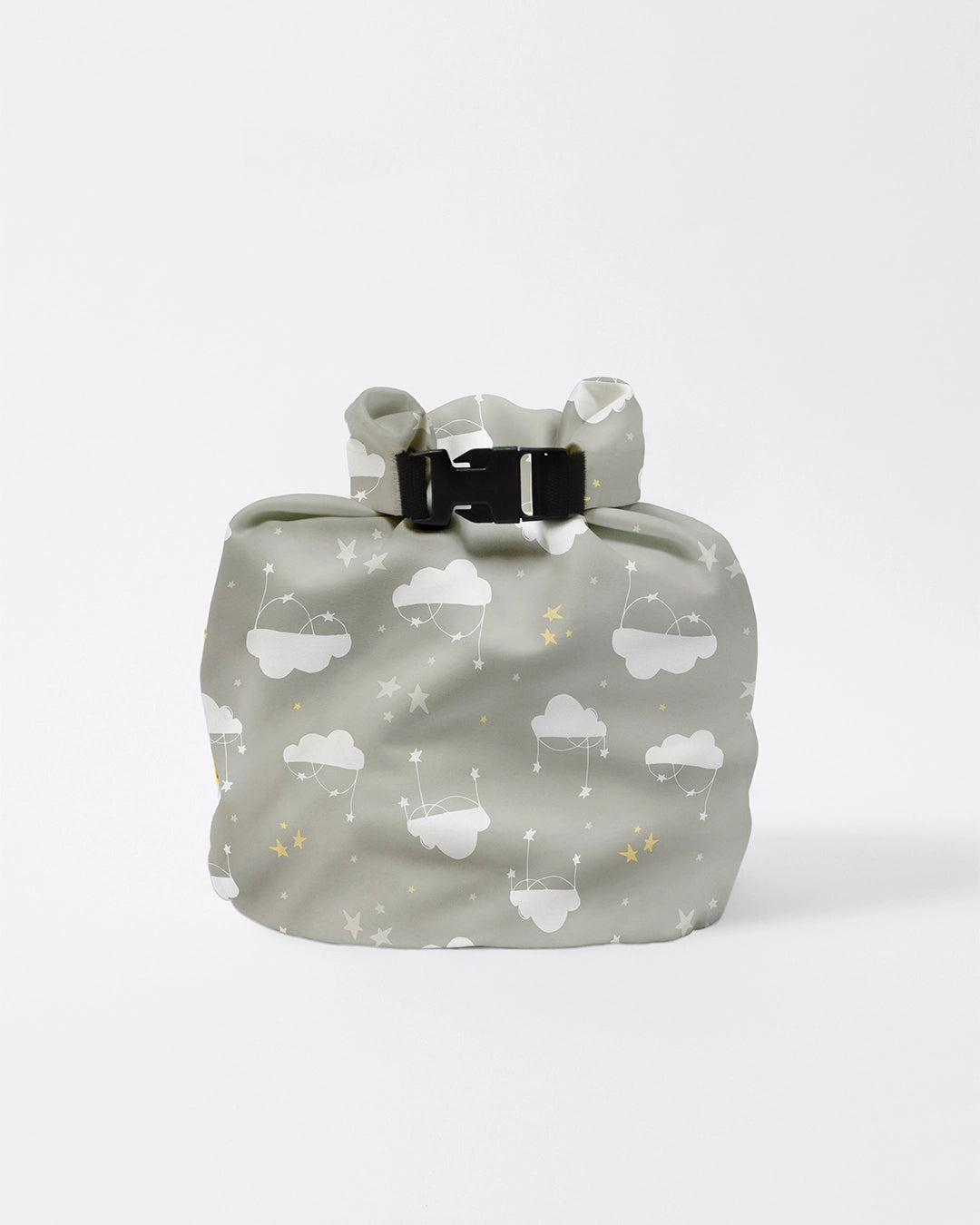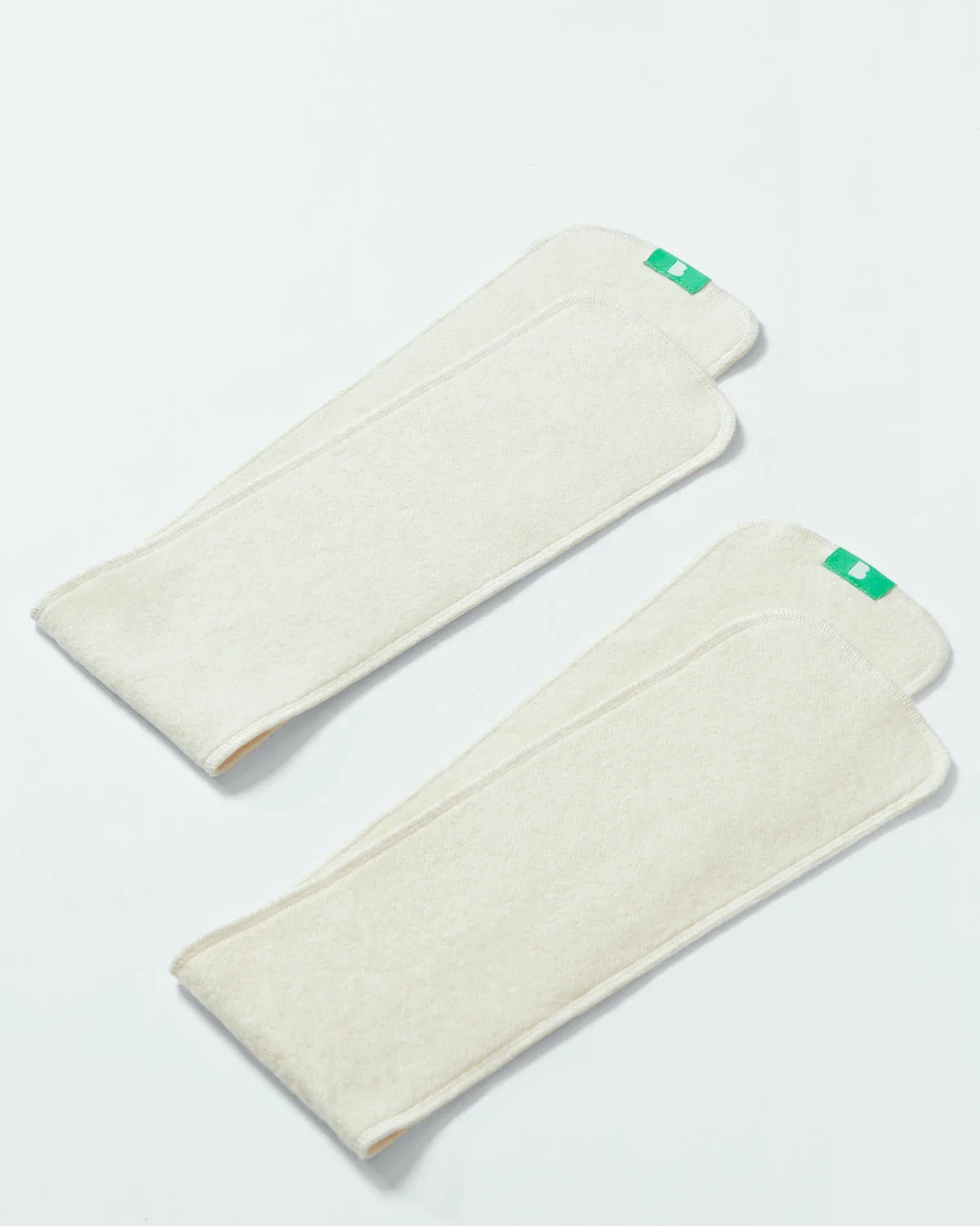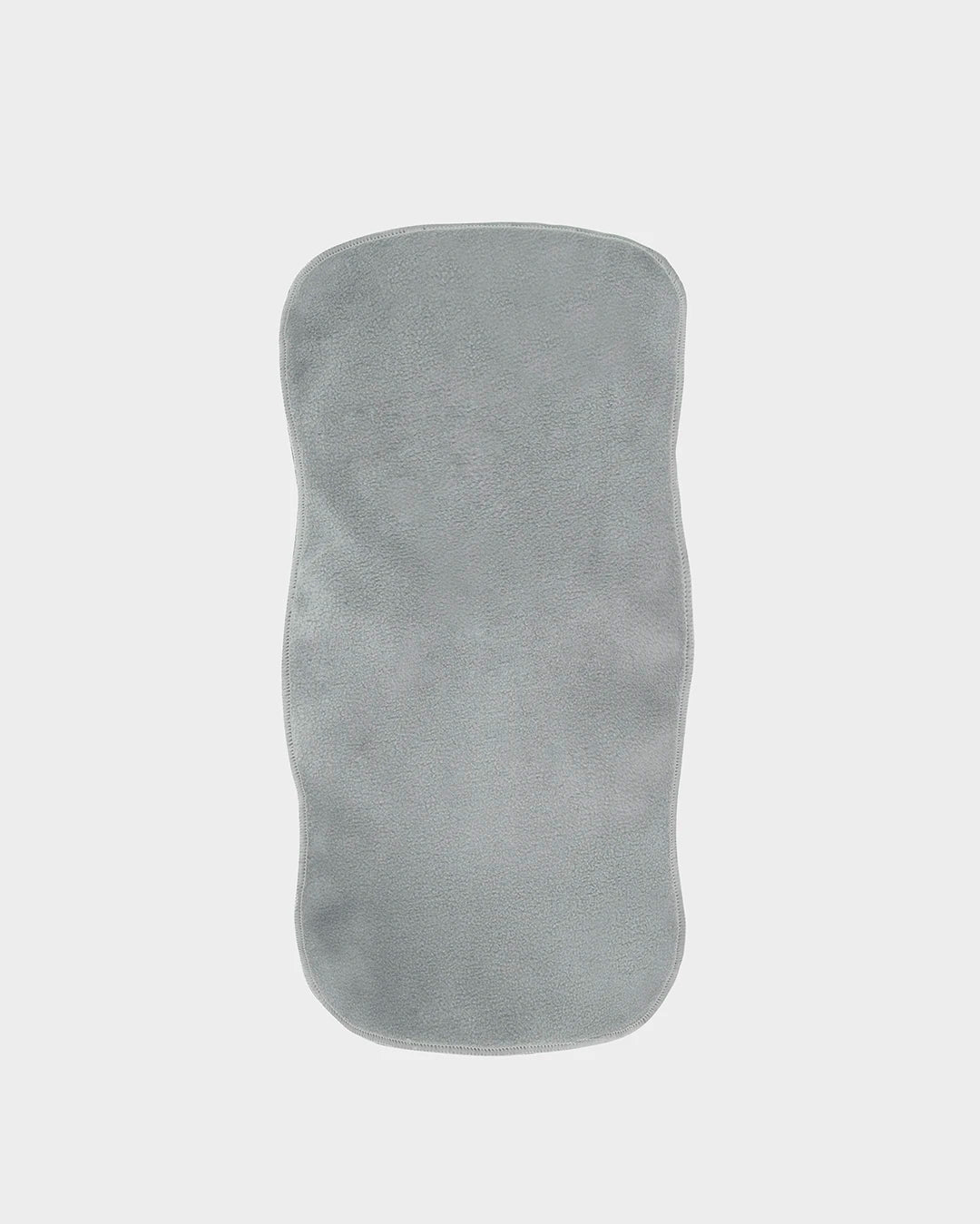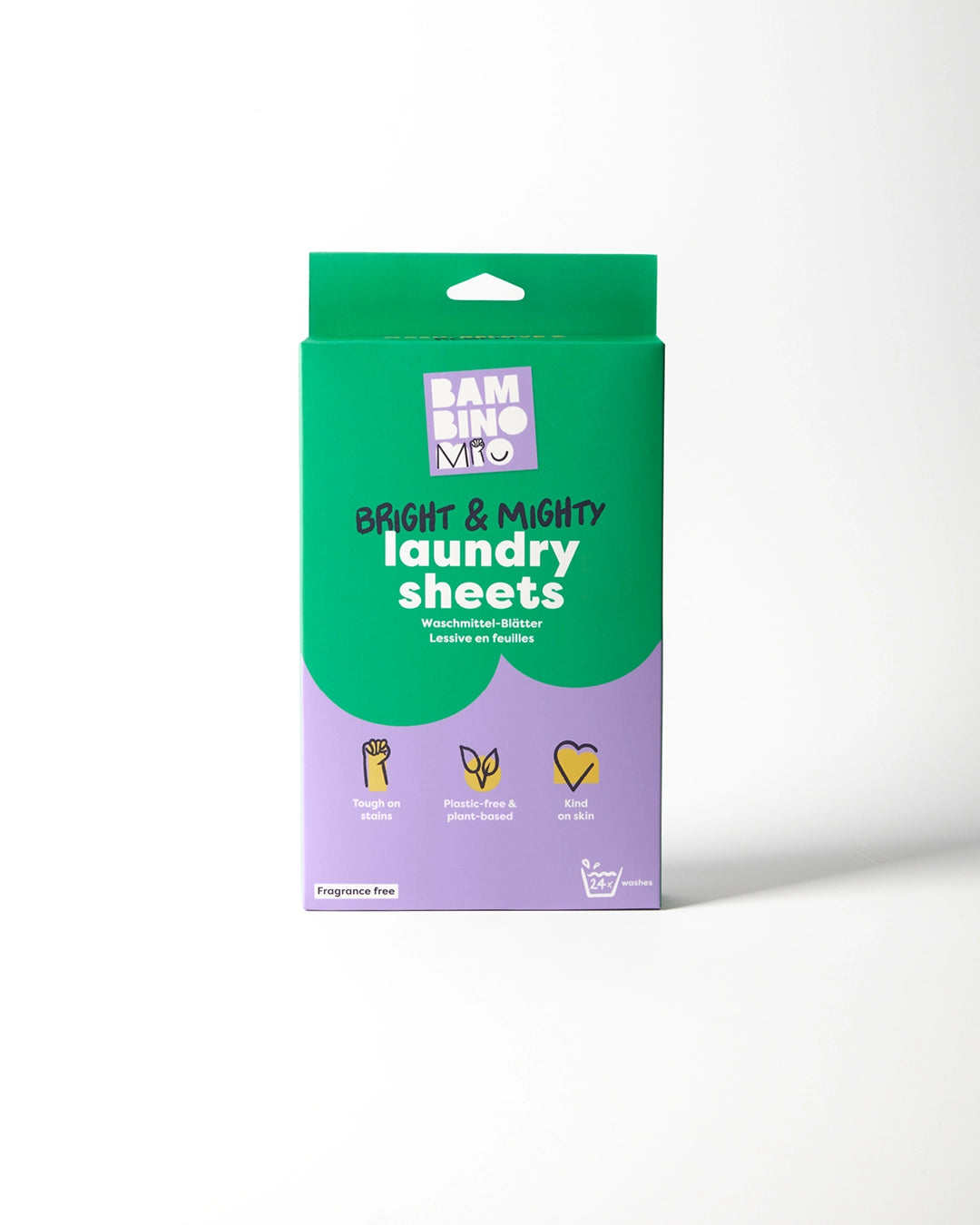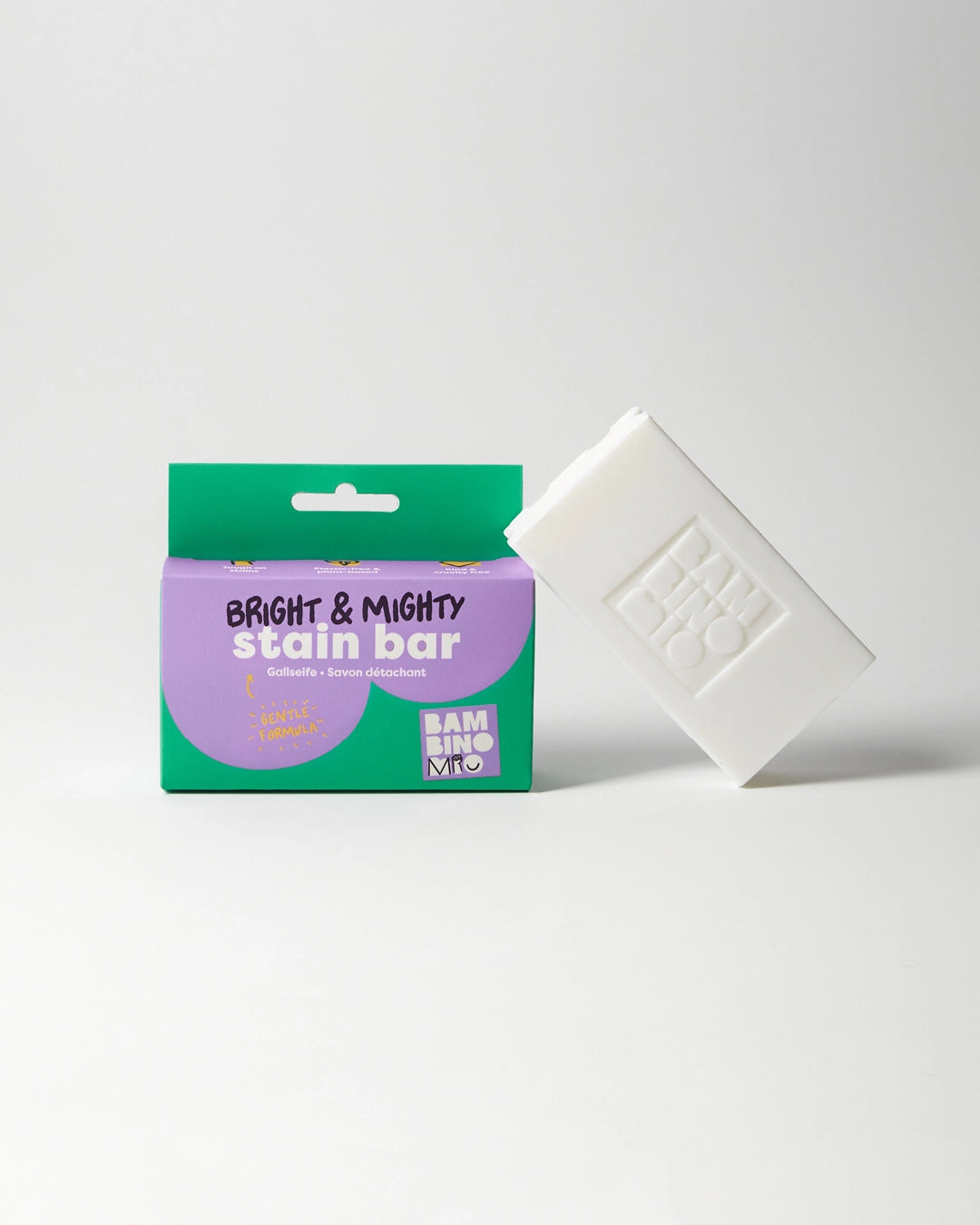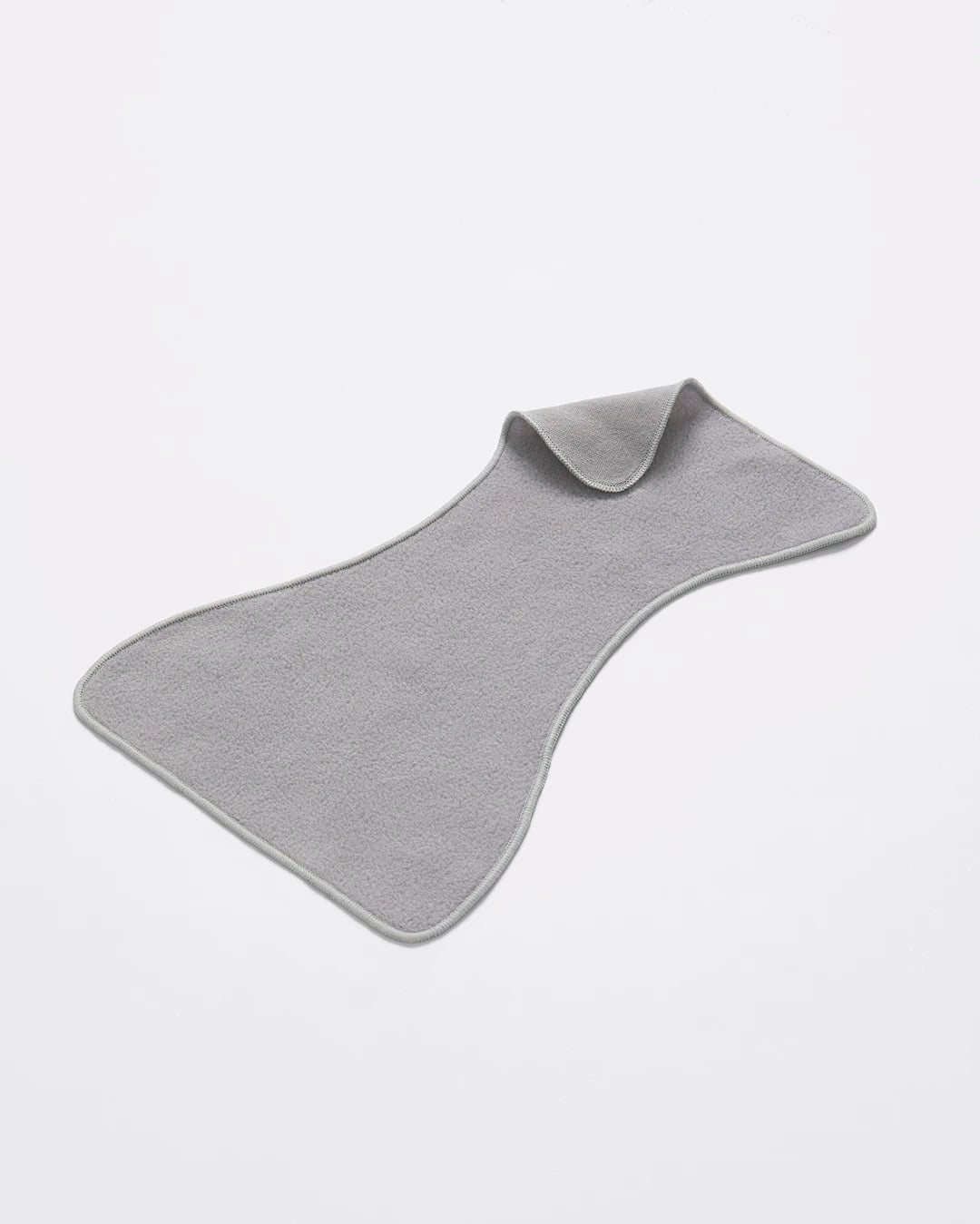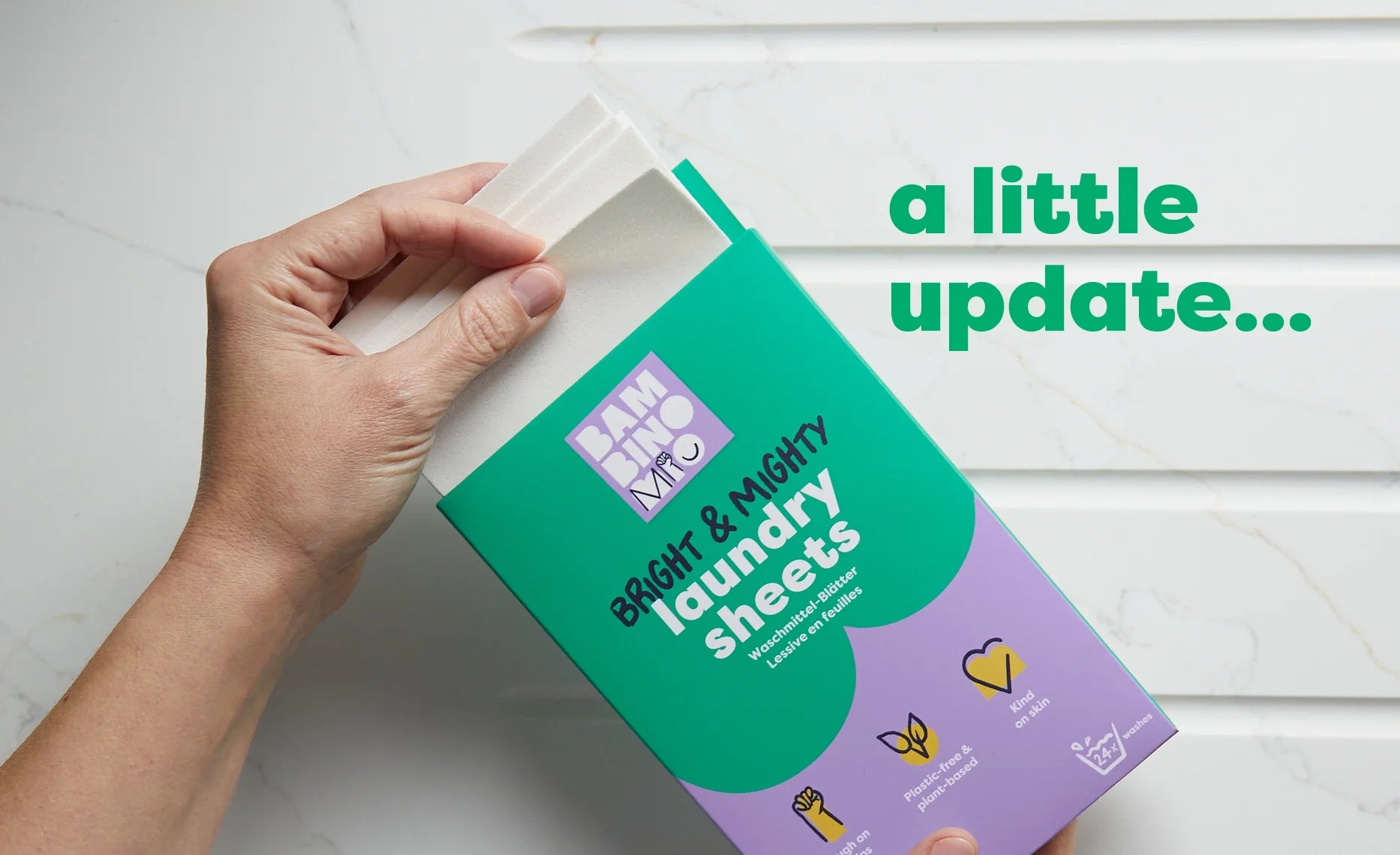Prolactin | Glossary of Pregnancy & Baby Term
Share Options
- Bambino Mio
- 31 / 07 / 2023
Inside this Article:
What is prolactin?
Prolactin (1) is a hormone named originally after its role in promoting milk production, or lactation, in mammals as a response to the suckling of their young. Prolactin also plays an important role in the development of breast tissue during pregnancy (2).
What does prolactin do?
Since its discovery, research has found that prolactin has more than 300 functions within the body. These functions run across several areas and systems (3), including behavioural, reproductive functions, metabolic functions, osmoregulation (the regulation of fluids) and immunoregulation (the regulation of the immune system).
Despite its many other roles and functions within the human body, prolactin’s main functions are the development of mammary glands inside the breasts and the production of milk.
Prolactin promotes the growth of the mammary alveoli (4), which are the parts of the mammary glands where milk is produced, so the breasts have more capacity to produce milk. The hormone also stimulates the lining of the alveoli to make the constituent parts of milk, including lactose (milk sugar), lipids and casein (milk protein).
Breastfeeding keeps your prolactin levels high
Progesterone prevents prolactin reaching prolactin receptors in mammary alveolar tissue, so during times of high progesterone such as pregnancy, prolactin doesn’t stimulate milk production.
Once you’ve had your baby, however, your progesterone levels drop and so your prolactin receptors are stimulated by prolactin and the mammary alveoli start to make milk.
Your prolactin levels aren’t constant, as they rise in response to breastfeeding and suckling (5). If you’re feeding your baby on demand several times a day, your prolactin levels stay high enough to “tell” your breasts to carry on making milk.
If you stop feeding, your prolactin levels will drop to pre-pregnancy and nursing levels within a week or two.
Where does prolactin come from?
In humans, prolactin is produced in the anterior pituitary gland (6) and in several other sites in the body. Lactotroph cells in the pituitary gland make prolactin and store it before releasing it into the bloodstream.
The uterus also produces prolactin, as well as the skin, the prostate gland, the breasts, the brain and various immune cells.
Citations and References
- National Institutes of Health (NIH). National Library of Medicine. ‘Physiology, Prolactin.’ 2022. Web. www.ncbi.nlm.nih.gov/books/NBK507829
- Healthline. ‘Breast Changes in Pregnancy: What to Expect.’ 2017. Web. www.healthline.com/health/pregnancy/pregnant-breast
- National Institutes of Health (NIH). National Library of Medicine. ‘Physiology, Prolactin.’ 2022. Web. www.ncbi.nlm.nih.gov/books/NBK507829
- National Institutes of Health (NIH). National Library of Medicine. ‘The Mammary Gland: Basic Structure and Molecular Signaling During Development.’ 2022. Web. www.ncbi.nlm.nih.gov/pmc/articles
- National Institutes of Health (NIH). National Library of Medicine. ‘The Physiological Basis of Breastfeeding.’ 2009. www.ncbi.nlm.nih.gov/books/NBK148970
- Cleveland Clinic. ‘Body Systems and Organs. Anterior Pituitary.’ 2021. Web. my.clevelandclinic.org/health/body/22214-anterior-pituitary


